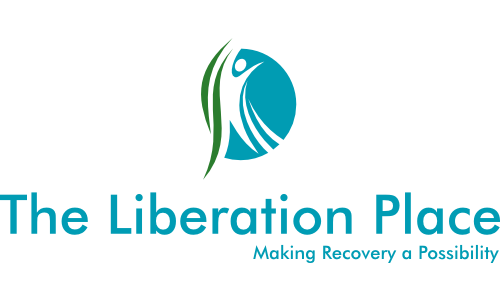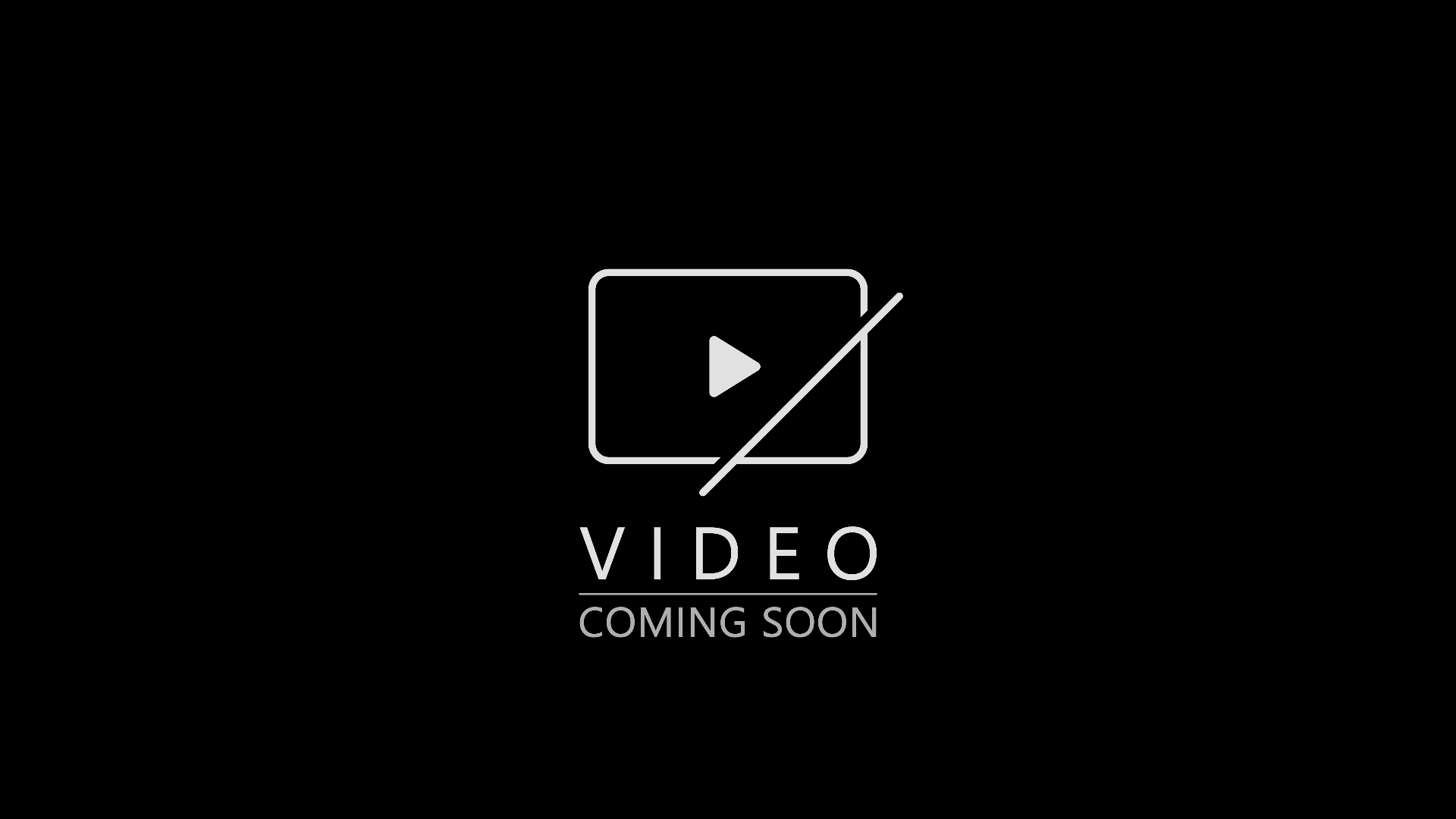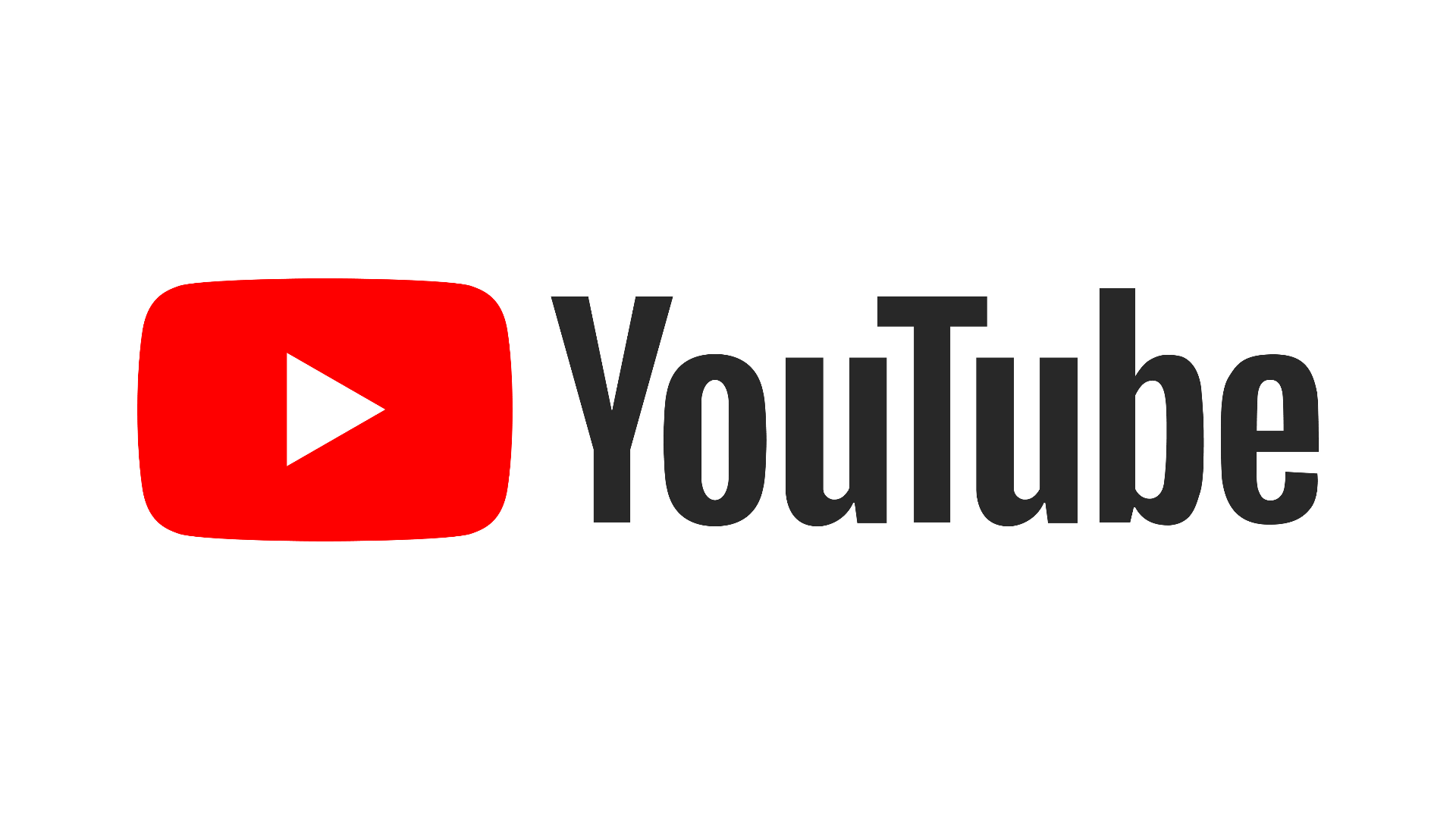The Schema of Enmeshment
When the Schema of Enmeshment is activated in our system, our sense of individuality starts to blur. It becomes increasingly difficult to know where we end and where someone else begins. We struggle to identify our own thoughts, feelings, preferences, or desires without considering how they might impact the person we are emotionally connected to. At the core of this schema is the belief that love and connection require closeness to the point of fusion, that being emotionally tied to someone means we must align with them completely. We lose the ability to recognize, and then stand in, our own values and beliefs, without fearing that it will upset the balance of the relationship.
This schema is often misinterpreted as love or loyalty. But beneath the surface lies a deep fear of rejection, abandonment, or emotional disconnection. To avoid these threats, we learn to suppress our individuality. We hold back our opinions, silence our preferences, and bend ourselves around the needs and expectations of others. The cost of maintaining peace becomes the gradual erosion of our sense of self.
“I would adjust my values or priorities to match the people around me, not out of manipulation, but because a part of me believed that love required sameness, and any difference might lead to disconnection.”
~Steven Morris RP.
The roots of Enmeshment often trace back to childhood relationships with caregivers who were emotionally intrusive, overly involved, or boundaryless in the name of love. These early dynamics can be subtle. A parent may treat the child like a confidante or best friend, seek emotional reassurance from them, or expect the child to mirror their worldview. Autonomy may be discouraged, or worse, punished. Over time, the child learns that love and closeness require self-abandonment.
The Schema of Enmeshment wasn’t the contextual framework for some of my dominant stories, but it definitely showed up as part of a cascading effect from the more primary schema of Defectiveness. When active, it often pulled in other overriding Schema, things like Social Isolation, Failure, and Abandonment. The maladaptive, ineffective beliefs connected to these stories created a deep need to be accepted and valued. This need would sometimes push me to blur the lines of my identity to maintain closeness with other people.
“We may become overly responsible for someone else's emotions or defer to their views, even when they conflict with our values.”
~Steven Morris RP
Recovery from Enmeshment is about reclaiming our individuality without abandoning connection. At The Liberation Place, this begins with values clarification. We explore the questions: Who do I want to be in the important areas of my life? What do I believe in? What matters to me? Using DBT skills, we learn to slow things down and build awareness. STOP gives us space to notice when we’re blending with someone else’s emotional state. Checking the Facts helps us assess whether the threat of rejection is real or a product of old stories. Planning Ahead to Build Mastery allows us to practice small, values-aligned actions that reinforce selfhood.
RAAVEN supports us in developing an internal narrative that separates love from self-sacrifice. We begin by recognizing the part that is afraid to stand alone. We acknowledge its fear of conflict or abandonment, and we appreciate that this part has been working hard to keep us safe. Through validation, we let it know that its fears make sense. We then educate this part about the strength that comes from authenticity and negotiate a committed action that reflects who we want to be.
"We begin by recognizing the part that is afraid to stand alone. We acknowledge its fear of conflict or abandonment, and we appreciate that this part has been working hard to keep us safe."
~Steven Morris RP
Living the Life I Want to Live means being in relationships that allow for difference, not just sameness. It means choosing closeness that doesn’t require us to disappear, and it means trusting that we can belong, not because we conform, but because we have the courage to show up as ourselves. In the PDF at the bottom of the website page connected to this video, you’ll find a PDF that contains a worksheet designed to help you build awareness around the stories and patterns connected to this schema. If you can, download it. Print it out. Go through the questions slowly. Take your time with it. See if you can identify where your boundaries become blurred, where guilt or fear shows up when you try to separate, and where your sense of self has been shaped around the emotional needs of someone else.
Follow us on Social Media






